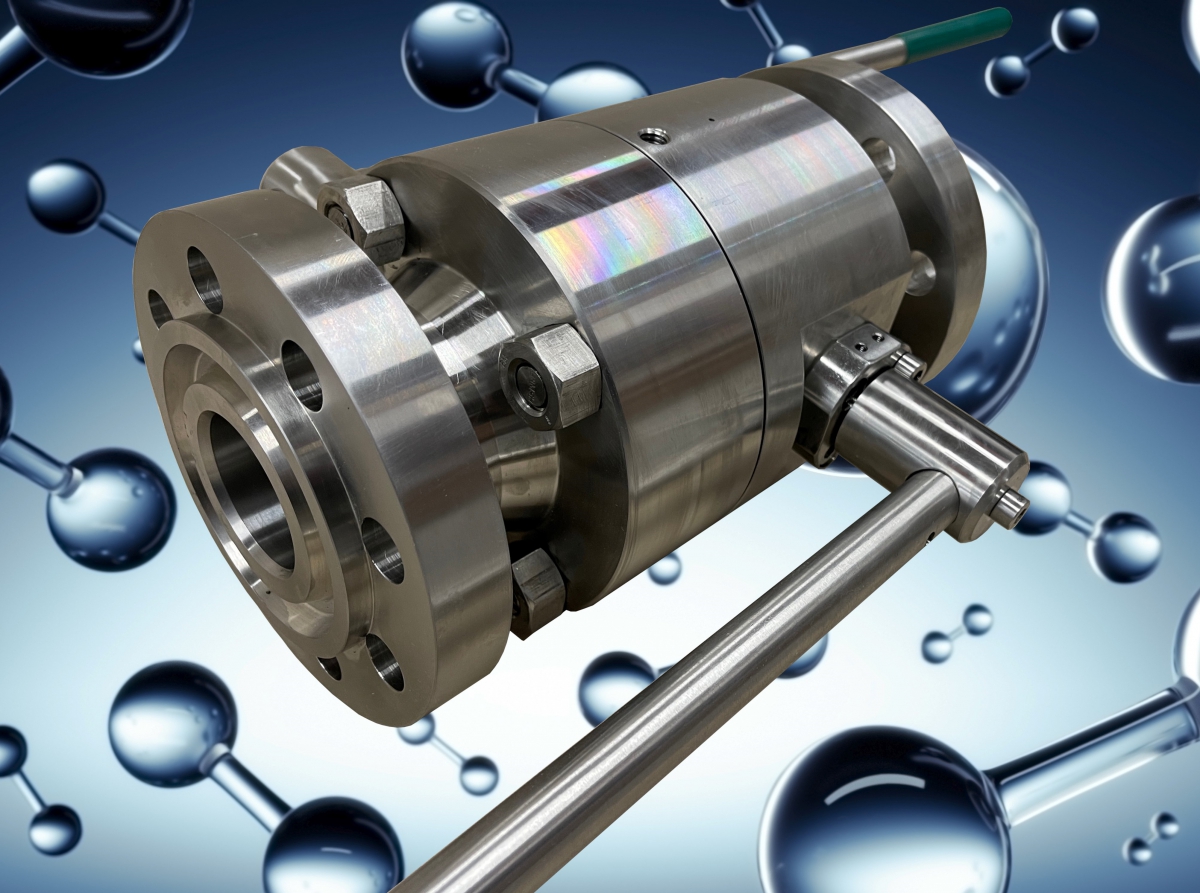Oliver Valves: What colour would you like your hydrogen?

Valves for Hydrogen Production
Hydrogen is the most abundant element in the known universe, it is both odourless and colourless in its gaseous form but seems to be available in a host of different colours here on Planet Earth.
For more than two centuries we have relied on fossil fuels to provide the lions' share of our energy needs, for lots of good reasons: they have been abundant, easily converted into various different forms of energy dense-fuel, easily transportable and cost effective. As we now know, all this convenience has come at a terrible price for the Pale Blue Dot we call home.
The rapid reduction of greenhouse gas emissions from human activity is an absolute priority if we are to avoid the worst-case scenarios projected from continued global warming. Faced with the global challenge of decarbonisation, new, clean energy sources must be adopted as we transition away from the combustion of fossil fuels.
The electrification of almost everything seems to be the current answer (excuse the pun), but electricity isn’t the answer for everything, and also begs the question, “how are we to generate all this electricity without emitting more greenhouse gases?” Renewables like wind and solar are providing an ever-increasing percentage of our energy mix, but often provide it in an intermittent way that somehow needs to be stored for times of peak demand. Can hydrogen fill the energy gaps left by renewables and electrification?
Of course, hydrogen isn’t really available in a variety of colours, rather the colour helps to identify the way in which it has been produced. Its worth noting that whilst hydrogen truly is abundant in the universe, it doesn’t naturally exist here on Earth in its elemental form that is really useful as an energy carrier.
The ultimate answer is GREEN hydrogen, created from the electrolysis of water in a process powered by renewably generated electricity with zero emissions. However, we seem to be a few years away from having the capability to produce at anywhere near the sort of scale we will need to meet our every growing energy demands. But consider the potential to produce hydrogen in this way as a kind of battery, storing energy from renewables that can be released on demand.
PINK hydrogen from nuclear powered electrolysis also offers a zero emissions route to hydrogen, but comes with its own set of environmental challenges.
BLUE hydrogen is created from the reformation of natural gas where almost all the greenhouse gas emissions created are captured in a Carbon Capture and Storage process. The hydrogen can be produced at scale and used in an emission freeway from the “factory gate” onwards. Some suggest that this just perpetuates our reliance on fossil fuels and might divert investment away from GREEN hydrogen projects. I tend to think the pros vastly outweigh the cons and BLUE hydrogen provides a path to a much cleaner and GREENER hydrogen future.
Regardless of its colour, Oliver Hydcovalves continues to develop valve technology for the emerging hydrogen energy sector, including valves for hydrogen production, storage and transportation. We are dedicated to supporting customers that strive to deliver a more sustainable future, helping them meet their net zero ambitions.
Tel No: 01565 632 636
Email: sales@valves.co.uk
Website: www.valves.co.uk

| Telephone: | 01565 632636 |
| Email: | sales@valves.co.uk |
| Website: | www.valves.co.uk |
| More information on the Oliver Valves Ltd BVAA Member Directory Page |
Search related valve / actuator articles: Oliver Valves LtdIssue 69Hydrogen







-web.jpg)





